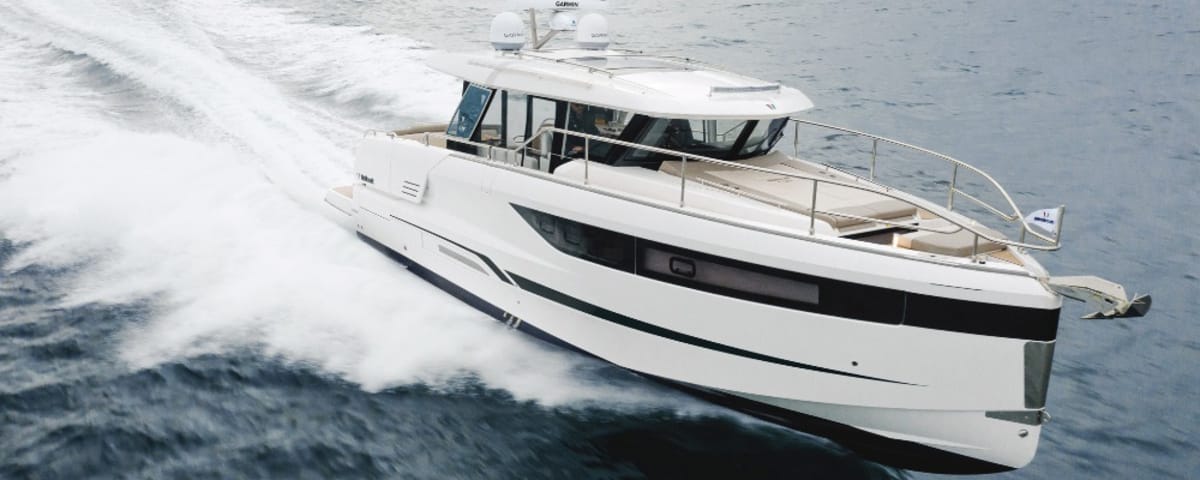Understanding Hydrocution: Risks, Prevention, and What to Do
Why does our body react so violently to a simple temperature change? What are the warning signs of discomfort, and how can we avoid the worst? To navigate safely between summer swims and outings at sea, it’s best to understand the mechanisms of hydrocution and adopt the right reflexes.
A Brutal Thermal Shock with Devastating Effects
Hydrocution refers to a set of physiological reactions caused by an excessive difference between body temperature and water temperature. When you suddenly plunge into cold water after strong sun exposure, the body undergoes a thermal shock that disrupts the cardiovascular system.
The process is frighteningly rapid: upon contact with the cold, blood vessels contract abruptly, leading to a drop in blood pressure and a slowing of the heart rate. In the most severe cases, this reaction can cause immediate loss of consciousness or even cardiac arrest. And when this occurs in the water, drowning becomes almost inevitable.
Contrary to popular belief, hydrocution does not only affect frail people or poor swimmers. Even a perfectly healthy adult can fall victim if they do not take certain precautions. This phenomenon can occur in the sea, in a swimming pool, in a river, or even under a cold shower.
Warning Signs Often Ignored
One of the great dangers of hydrocution lies in the fact that it can be sudden, but also progressive. Some people experience symptoms before losing consciousness, but ignore them or do not associate them with the danger.
It is not uncommon for a person prone to hydrocution to first feel a general malaise: dizziness, sudden chills, or an unexplained feeling of fatigue. Sometimes, heaviness in the legs, cramps, or a buzzing in the ears may appear. These are warning signs that should never be taken lightly.
In more severe cases, vision may become blurred, breathing may become short, and a feeling of panic may set in for no apparent reason. If these signs occur in the middle of a swim, the person has little time to react before fainting.
Hydrocution is all the more treacherous because it does not always warn. Sometimes a person feels perfectly well before diving in, only to lose consciousness upon entering the water. That is why prevention plays an essential role.
Aggravating Factors: When Hydrocution Lurks
Certain contexts favor this thermal shock and significantly increase the risk of hydrocution. One of the first factors to consider is the temperature difference between the ambient air and the water. When a heatwave sets in and the water remains cool, the contrast is all the more brutal.
The time of day is also important. After prolonged exposure to the sun, the skin and circulatory system are already heated up. Plunging abruptly into water at 18°C after basking on the sand at 35°C is a real shock to the body.
Physical condition also plays a key role. Accumulated fatigue, poor hydration, or alcohol consumption increase the risks. Alcohol is a major aggravating factor: it impairs the regulation of body temperature and reduces reflexes, making hydrocution more likely and reaction more difficult.
Finally, the effect of physical exertion should not be overlooked. After a sports session on the beach, a race, or intense activity on a boat, the body is overheated. An immediate plunge into cold water then becomes particularly risky.
How to Avoid Hydrocution?
The key to preventing hydrocution lies in the gradual acclimatization of the body to the water temperature. You should never jump abruptly into cold water, even if you feel in top form. Before entering the water, it is recommended to gradually wet certain sensitive areas of the body: the nape of the neck, the torso, and the wrists. This step sends a signal to the nervous system and avoids an overly brutal reaction.
It is also preferable to avoid swimming immediately after a heavy meal or alcohol consumption. The body is already mobilizing part of its energy for digestion, which can accentuate the effects of thermal shock.
Boaters must be extra vigilant, because at sea, the water is often colder than the ambient air. Swimming after an intense maneuver or prolonged exposure to the sun on the deck of a boat increases the risk of hydrocution. A good practice is to enter the water in stages and make sure that you are accompanied in case of discomfort.
Children and the elderly are particularly vulnerable. Their thermal regulation system is less efficient, making acclimatization more difficult. Constant monitoring is necessary, even when the water seems to be at a pleasant temperature.
What to Do in Case of Hydrocution?
When a case of hydrocution occurs, speed of intervention is crucial. If a person loses consciousness in the water, they must be immediately pulled out and ensured that they are still breathing. A call for help (112 in Europe, 911 in the US) should be made as soon as possible.
If the victim is unconscious but breathing, they should be placed in the recovery position and covered to prevent hypothermia. In the event of respiratory arrest, cardiac massage should be started without waiting for the arrival of help.
An important point to remember: even if a person regains consciousness quickly after hydrocution, a medical consultation is necessary. Secondary drowning, caused by the inhalation of water into the lungs, can occur several hours after the incident and lead to serious complications.
Although hydrocution is a dangerous phenomenon, it is not inevitable. By adopting simple actions and remaining attentive to the signals of one’s body, everyone can significantly reduce the risks and enjoy the water safely.
Before diving in this summer, take the time to acclimatize. A gesture as simple as wetting the nape of your neck before entering the water can be enough to avoid an accident. In the world of boating as elsewhere, caution and knowledge of the risks remain the best allies of aquatic pleasures.
So, whether you are on the beach, aboard a sailboat, or descending a river, keep these tips in mind. Enjoy the water, yes, but safely!
Enjoyed this post by Thibault Helle? Subscribe for more insights and updates straight from the source.


